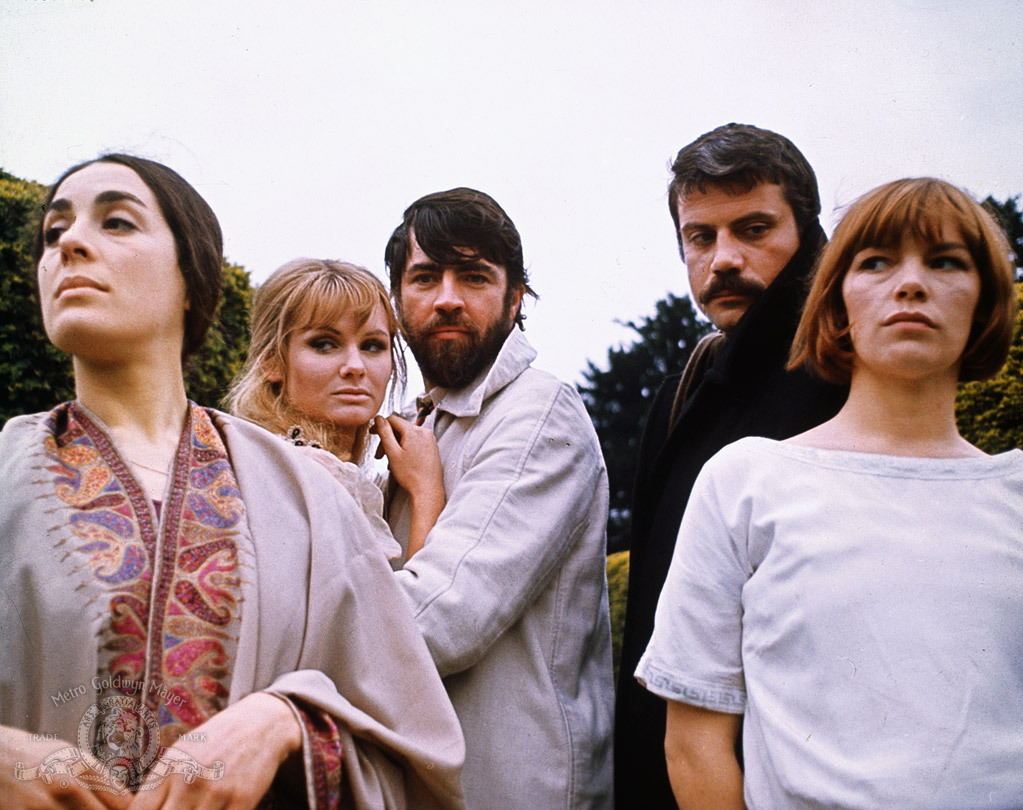
10 Interesting Facts and Figures About the Classic British Film “Women in Love” (1969)
“Women in Love,” directed by Ken Russell, is a celebrated British film released in 1969, based on D.H. Lawrence’s novel of the same name. Renowned for its artistic vision and exploration of complex relationships, the film has left an indelible mark on cinema. Here are ten intriguing facts and figures that highlight the significance and uniqueness of this classic film.
1. Adaptation of D.H. Lawrence’s Novel
“Women in Love” is an adaptation of D.H. Lawrence’s 1920 novel, which delves into the intricacies of love and human connection. The film retains much of the novel’s thematic depth, exploring issues of sexuality, social class, and emotional conflict.
2. Ken Russell’s Vision
Director Ken Russell was known for his bold, unconventional style. His unique approach to storytelling in “Women in Love” includes striking visual imagery and an emphasis on the emotional landscape of his characters, which helped establish his reputation as a groundbreaking filmmaker.
3. Academy Awards Recognition
The film received critical acclaim and garnered several award nominations, including two Academy Awards. It won the Oscar for Best Actress in a Supporting Role for Glenda Jackson, who portrayed Gudrun Brangwen, leaving a lasting legacy on award-winning performances in British cinema.
4. Controversial Themes
Upon its release, “Women in Love” was considered controversial due to its frank depiction of sexuality and complex relationships. The film was notable for its intimate scenes, including the famous nude wrestling scene between the characters played by Oliver Reed and Alan Bates.
5. Classic British Cast
The film features a stellar cast, including Glenda Jackson, Oliver Reed, Alan Bates, and Jennie Linden. Each actor brought depth to their roles, contributing to the film’s exploration of love and desire in post-World War I England.
6. Iconic Cinematic Moments
One of the film’s most memorable scenes is the depiction of the “wrestling” between the male leads. This scene has become iconic, symbolizing not just physicality but the emotional struggles between the characters, showcasing Russell’s innovative approach to storytelling.
7. Cultural Impact
“Women in Love” has influenced a generation of filmmakers and artists, particularly in its portrayal of sexuality and emotional complexity. Its bold narrative style and visual aesthetics have inspired numerous works in both film and theatre.
8. Location Filming
Much of the film was shot in the picturesque landscapes of the Lake District in England. The stunning scenery serves not only as a backdrop but also reflects the characters’ emotional journeys and the themes of nature versus civilization.
9. Box Office Success
Despite its controversial themes, “Women in Love” was a box office success. It resonated with audiences, drawing both critical acclaim and commercial viability, which helped solidify its place in British film history.
10. Restorations and Screenings
Over the years, “Women in Love” has undergone several restorations, ensuring that new generations can experience its artistry. The film continues to be screened at film festivals and special events, maintaining its relevance and appeal in contemporary cinema.
Conclusion
“Women in Love” remains a profound exploration of human relationships and emotional turmoil. Its combination of powerful performances, innovative direction, and rich thematic content ensures that it stands the test of time. As we reflect on these ten interesting facts and figures, it becomes clear that the film is not just a classic of British cinema but also a significant cultural artifact that continues to influence and inspire.
Discover more from Anglotees
Subscribe to get the latest posts sent to your email.
